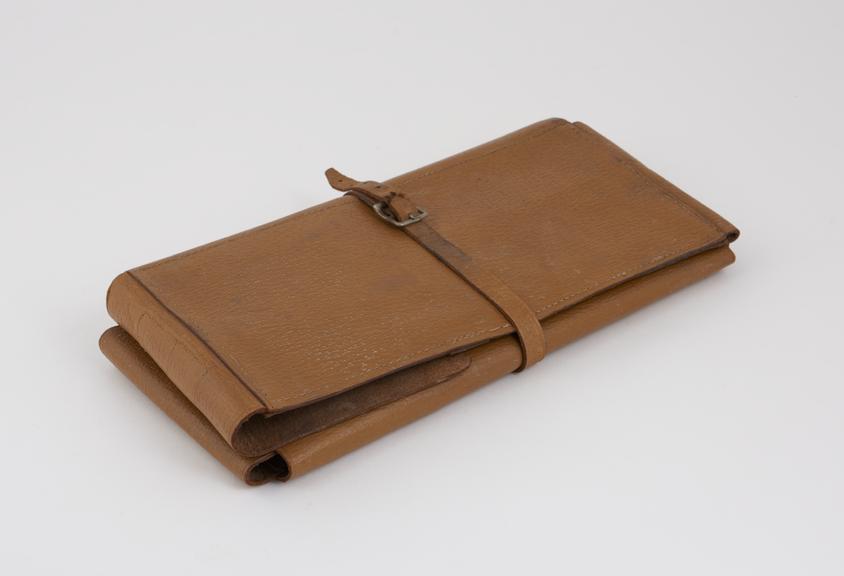Pugh's veterinary post mortem scissors
Pugh's veterinary post mortem scissors, nickel plated steel, by Arnold and Sons, London, 1920-1940


Sub-group of veterinary instruments
Pugh's veterinary post mortem scissors, nickel plated steel, by Arnold and Sons, London, 1920-1940
Spencer Well's artery forceps, stainless steel, by Arnold and Sons, London, 1950-1970
Artery forceps are used to control bleeding from blood vessels by clamping down on the artery. A locking mechanism at the handle keeps them in place. Helped by surgical instrument makers, surgeons developed their own tools, often naming them after themselves. Thomas Spencer Wells (1818-1897) was an English surgeon who became surgeon to Queen Victoria between 1863 and 1896. He developed the rachet locking mechanism holding the forceps in position. His second design had shorter jaws to increase compression and were ridged to improve grip. By being held closed, they could also not get trapped in the body's tissues or muscles. Prior to Spencer Wells' designs, an assistant had to hold the forceps closed.
Small amputation saw, steel with ebony handle, English, 1880-1910
Carving knife, steel with wooden handle, by Redge, Sheffield, England, 1890-1930.
Carving knife, steel with wooden handle, Sheffield, 1890-1930
Carving knife, with wooden handle, by George Wostenholm and Son, Sheffield, England, 1890-1930.
Carving knife, steel, with wooden handle, by Christopher Johnson and Co., Sheffield, England, 1890-1930.

